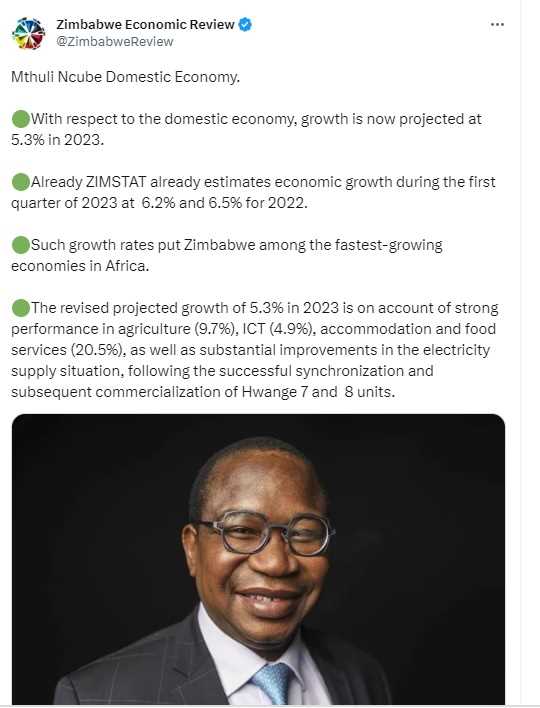
• Agriculture growth projected at 4% now revised to 9.7%.
• Cereal production, excluding winter wheat, estimated at 2.6 million tonnes, a 40% rise on 2022.
• Minining growth projected at 4.8% driven by increased production of lithium, chrome, diamonds, and platinum group metals.
• Manufacturing sector growth rate projects at 2.2. attributed to a favourable agricultural season and government measures aimed at controlling inflation and exchange rate volatility
Zim Now Writer
In his Mid Term Fiscal Policy Review Finance Minister Professor Mthuli Ncube has said that Zimbabwe one of Africa’s fastest growing economies with a growth rate projection of 5.3% for 2023.
Ncube is basing his positive outlook on recent interventions aimed at addressing liquidity issues, strengthening financial regulation, and enforcing value for money in government contracts.
Ncube said agriculture, ICT, and accommodation/food services are key sectors driving projected growth.
He also highlighted the successful synchronisation and commercialisation of Hwange Units 7 and 8 in improved electricity supply.
Mining, manufacturing, inflation control, and fiscal management contribute to economic expansion and a budget surplus in H1.
Ncube said going forward focus is on consolidating the achieved stability by maintaining tight fiscal and monetary policies and implementing measures to restore aggregate demand.
Annual inflation rose until June (175.8%), but prices have since decreased. July’s month-on-month inflation was -15.3%, with year-on-year inflation at 101.3%.
Zimbabwe’s merchandise exports declined by 1.9% to US$2.59 billion in the first five months, mainly due to decreased exports of platinum group metals and gold and 3.5% growth is expected by year-end.
Imports rose by 7.4% to US$3.6 billion, fueled by increased fuel, machinery, motor vehicle, and electricity imports. Merchandise imports are projected to grow by 1.4% to US$8.8 billion, maintaining a surplus in the current account balance.
Related Stories
Cumulative revenue of ZW$4.3 trillion exceeded expenditures of ZW$3.7 trillion, generating a budget surplus of ZW$608.5 billion.
The budget is on track with the targeted fiscal deficit of 1.5% of GDP
VAT accounted for 26.5% of revenue, followed by personal income tax, 19%, corporate income tax, 14.7%,, excise duty 12.6%, customs duty, 7%, and IMTT 6.7%. Major expenditures included employee compensation, ZW$1.4 trillion, operations ZW$2.9 trillion, and capital ZW$747.5 billion.
Government allocated $48.2 billion to social protection programs, including $36.1 billion for BEAM, $6 billion for drought mitigation, and $3.2 billion for harmonized cash transfers, among other initiatives benefiting vulnerable individuals and communities.
$248.2 billion was allocated to employment costs, drugs, medical supplies, and health infrastructure, including facility construction, rehabilitation, and equipment procurement. The Zimbabwe Health Facilities Programme implemented by NMS Company received $12.6 million.
$511.9 billion for the education sector, primarily for Primary and Secondary Education, and Higher and Tertiary Education, with a focus on covering wage costs for teaching and non-teaching staff.
$478 billion was allocated to infrastructure development, including Intergovernmental Fiscal Transfers. Road Development received $180 billion, primarily for the Harare-Masvingo-Beitbridge road, facilitating the completion of 450km.
m. For water and sanitation projects, a sum of $48.5 billion was allocated, enabling the completion of the Chivhu Dam, which was commissioned in June. Additionally, $9.75 billion was allocated for borehole drilling as part of the Rural Development Programme.
Housing development got $49,3 billion towards the construction and development of stands for both residential and institutional accommodation.
$74 billion has been disbursed under Inter-Governmental Fiscal Transfers to support local governments and devolution. The funds aim to construct social infrastructure and procure equipment, including fire engines for all 92 local authorities.
The government raised $191.6 billion through Treasury bills for settling maturing Treasury bills and bonds worth $144.2 billion. An additional $28.2 million was used for external debt payments in the first half of 2023.
Development partners provided a total of US$151.9 million, allocated across various sectors as follows: health (60%), humanitarian assistance (14.8%), agriculture (10%), governance (8.3%), and education (3.2%).
Prof Ncube said that despite exchange rate and inflation fluctuations, the implementation of the 2023 national budget is on track.
He said there is need for collaboration among stakeholders to achieve growth and stability goals, including embracing the local currency, adhering to regulations, and implementing structural reforms for currency stability and economic growth.
ZimStat estimates Zimbabwe’s economic growth in Q1 2023 at an annualised rate of 6.2%, with a growth rate of 6.5% for 2022.
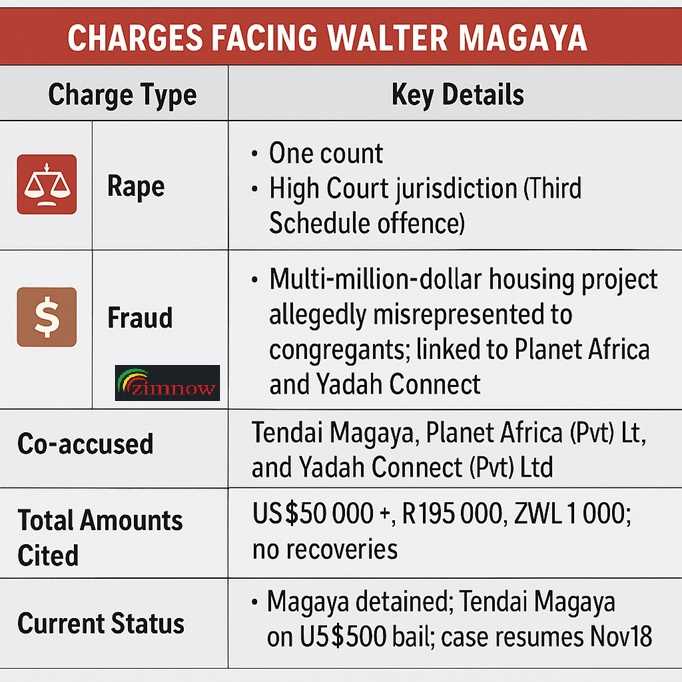
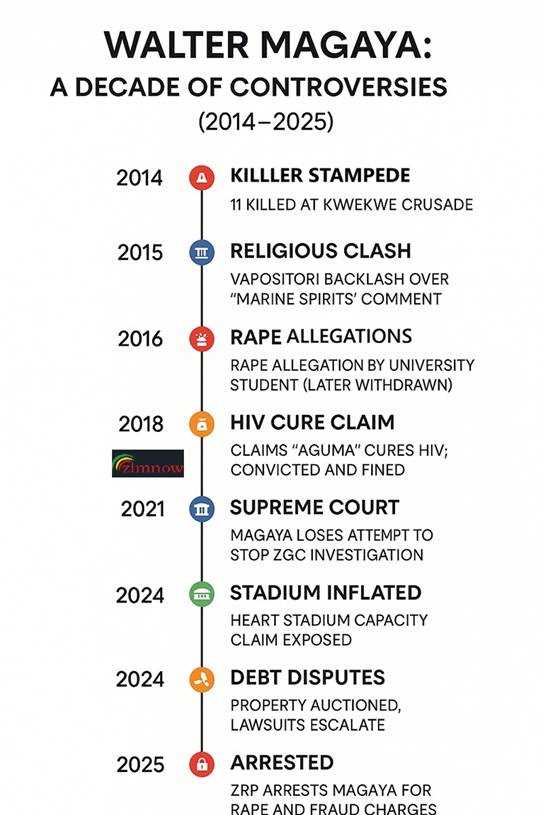
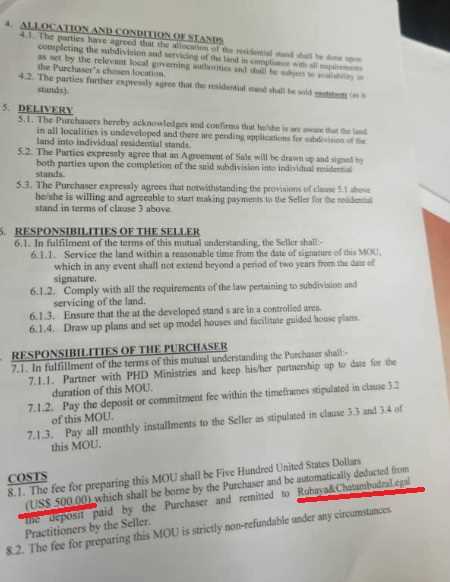
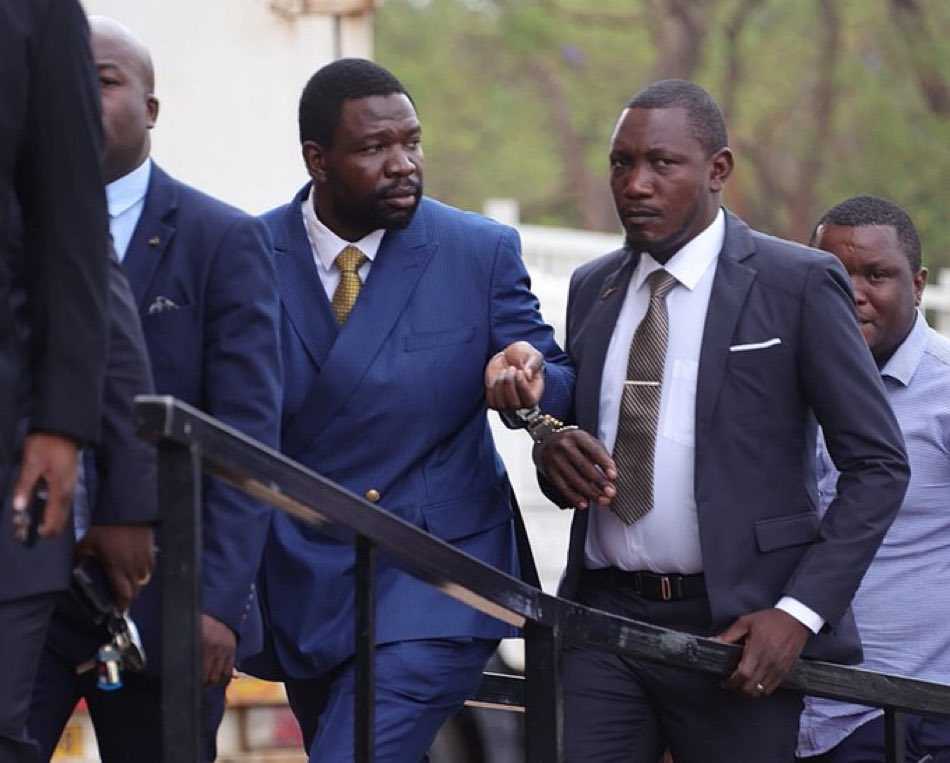
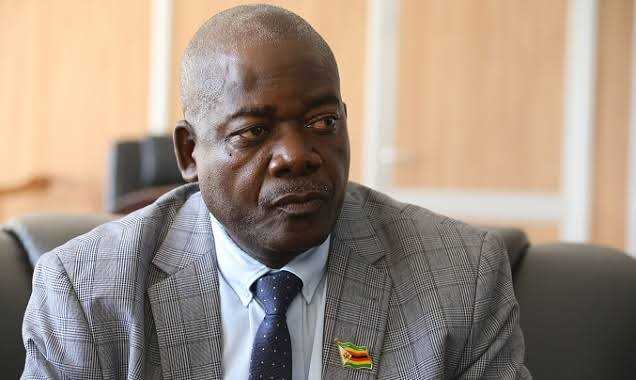
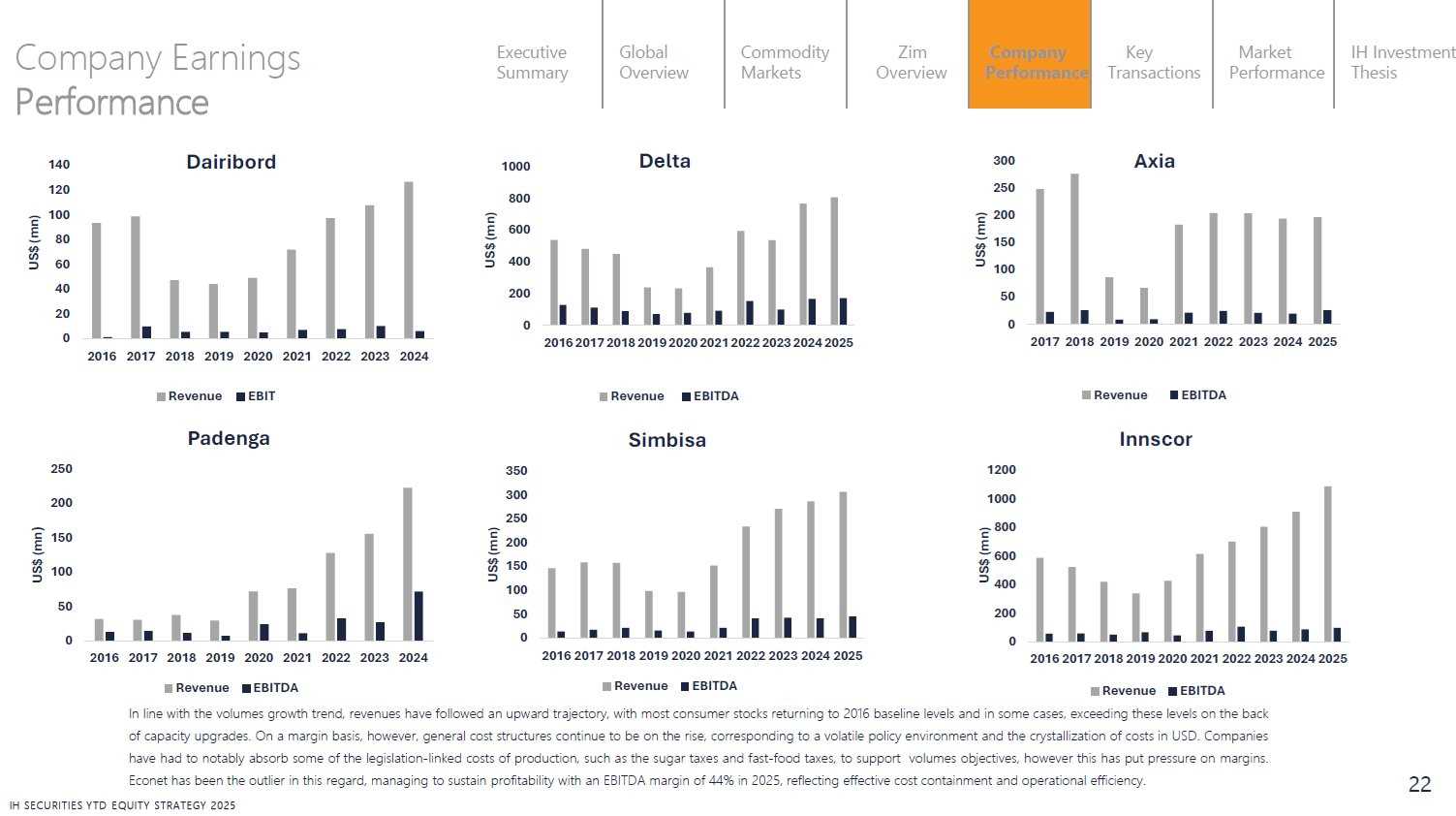




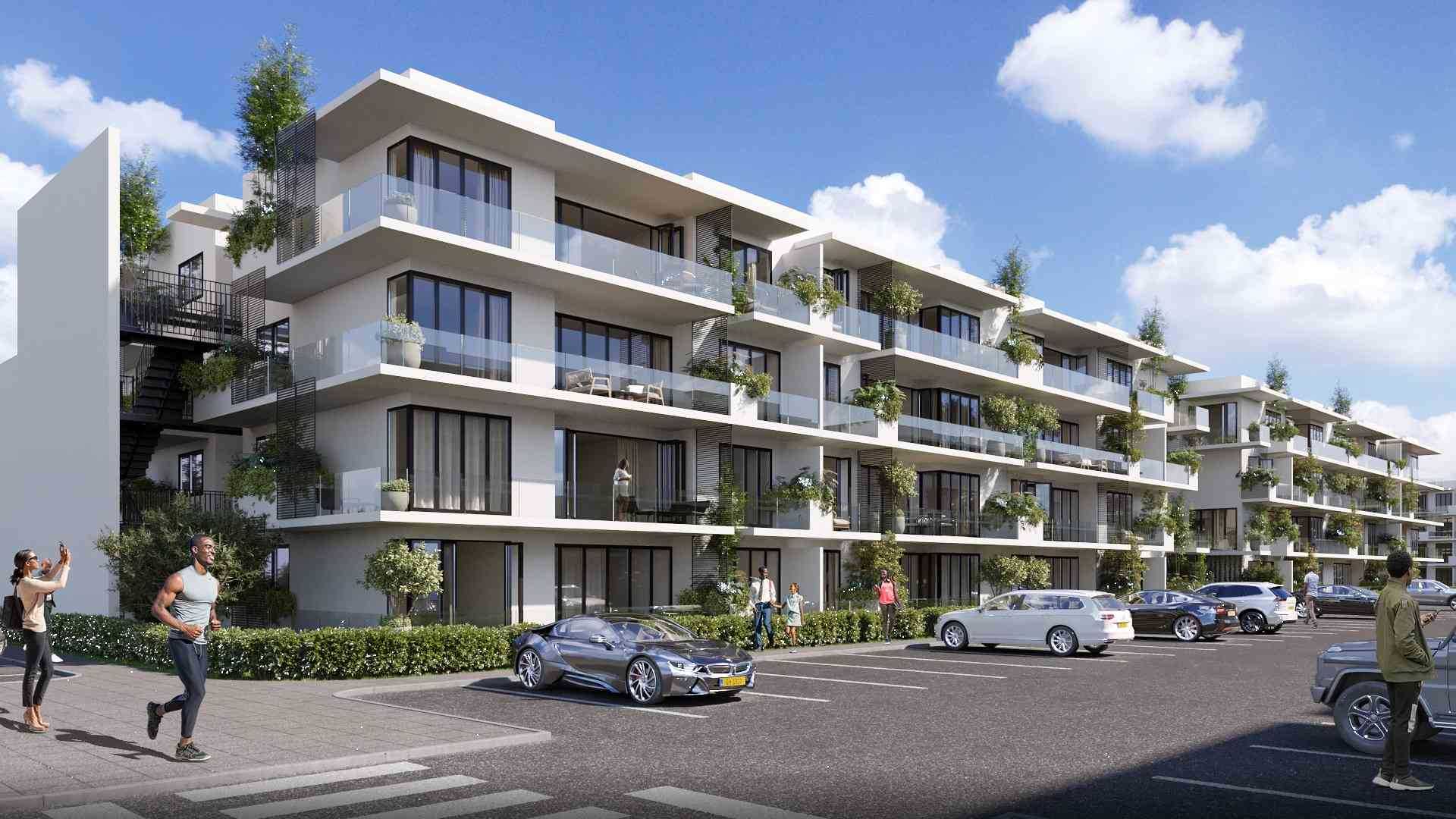








Leave Comments